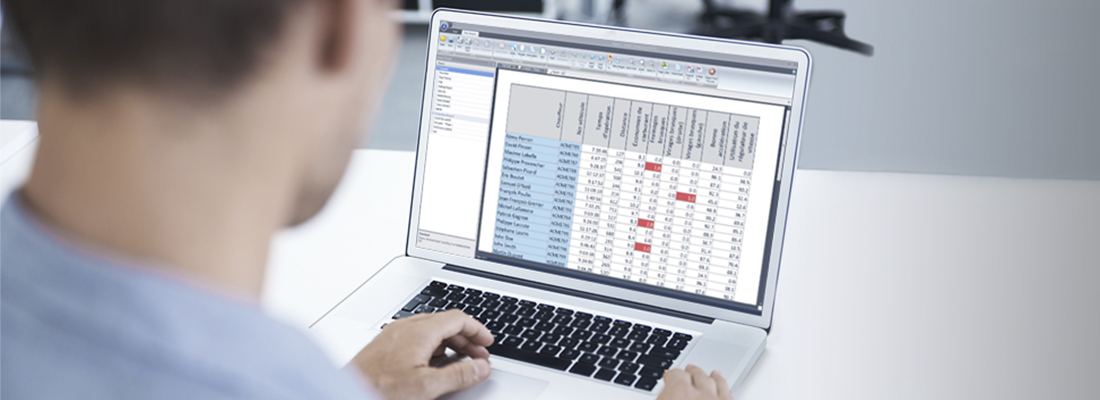During ISAAC’s Users’ Conference, Cain Lamarre lawyers Me Stéphane Lamarre and Me François Rouette, provided counsel regarding best practices for prevention and security.
Leveraging telemetry data
The main idea put forth by the two lawyers is that transporters should be prepared before ever being called in to a Commission des transports du Québec hearing. They must use the tools at their disposal and leverage telemetry data. As Me Lamarre mentioned, transporters using an ISAAC system show they are responsible, and control hours of driving and service, speeding and hard maneuvers. This data enables transporters to practice prevention with drivers and dispatchers.
Furthermore, Me Rouette emphasized that “the more information you have, the more control you have, and the more you can prevent having to appear before the Commission des transports du Québec”. Everything lies in utilizing all possible means to avoid incidents, analyzing data regularly and implementing continued education.
For or against cameras that film the inside of the cab
Two cases involving the use of cameras filming the inside of a truck’s cab have resulted in different outcomes. For the case of Linde Canada, which involved the transportation of hazardous materials that threatened the security of the population, an arbitrator rendered a decision in favor of the transporter and authorized the installation of cameras. In the case of Sysco however, the Quebec Superior Court ruled in favor of the drivers and forbid the use of cameras since this would have violated the drivers’ rights to privacy.
As for cameras filming the outside of a truck, the two lawyers agree that this gives transportation companies an undeniable advantage, as it allows to rapidly observe incidents and demonstrate without a doubt that a driver is not at cause in most accidents. Images speak for themselves in many cases.
For more information, you may contact the Cain Lamarre lawyers by phone 1-833-795-4580.

